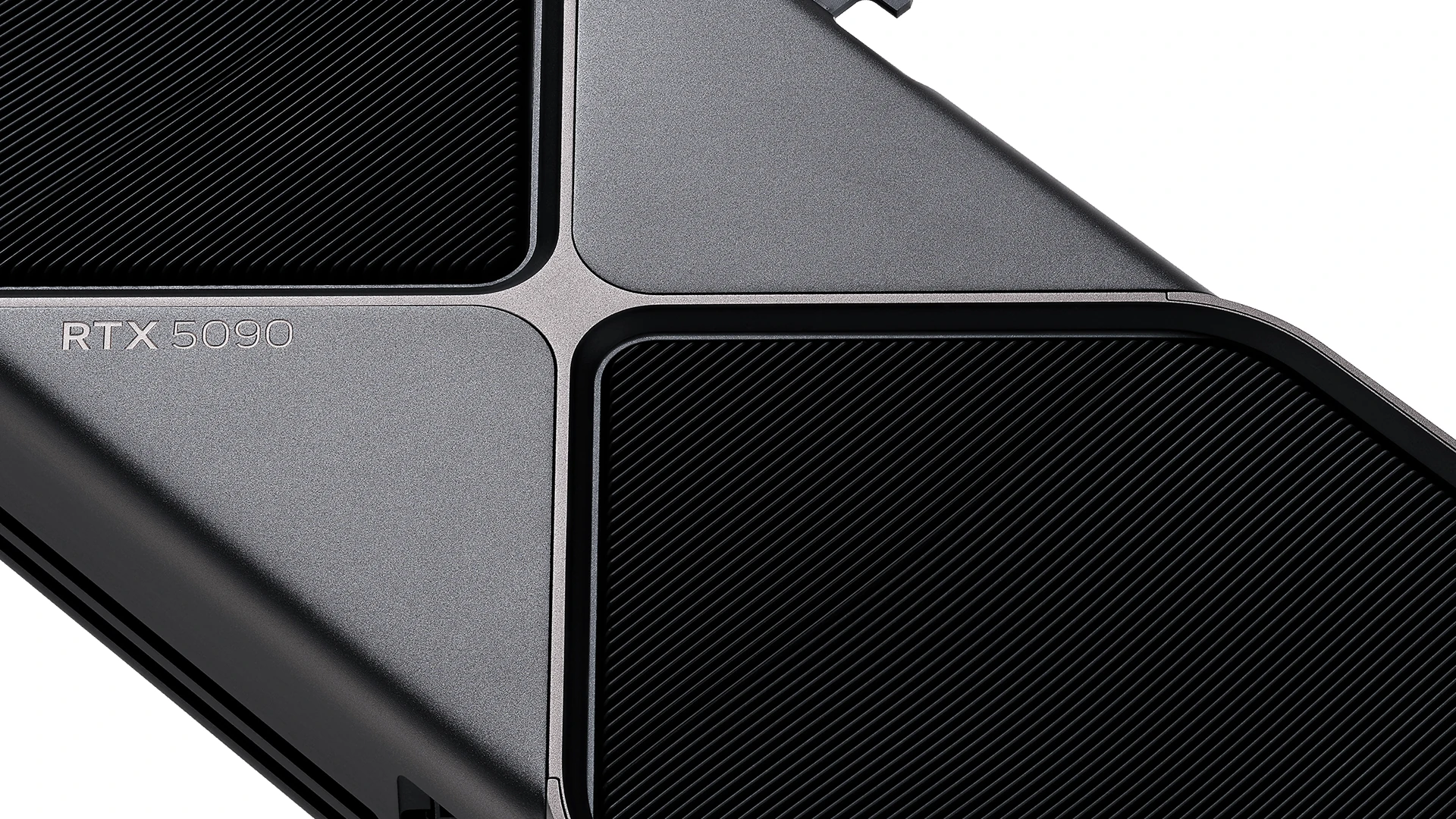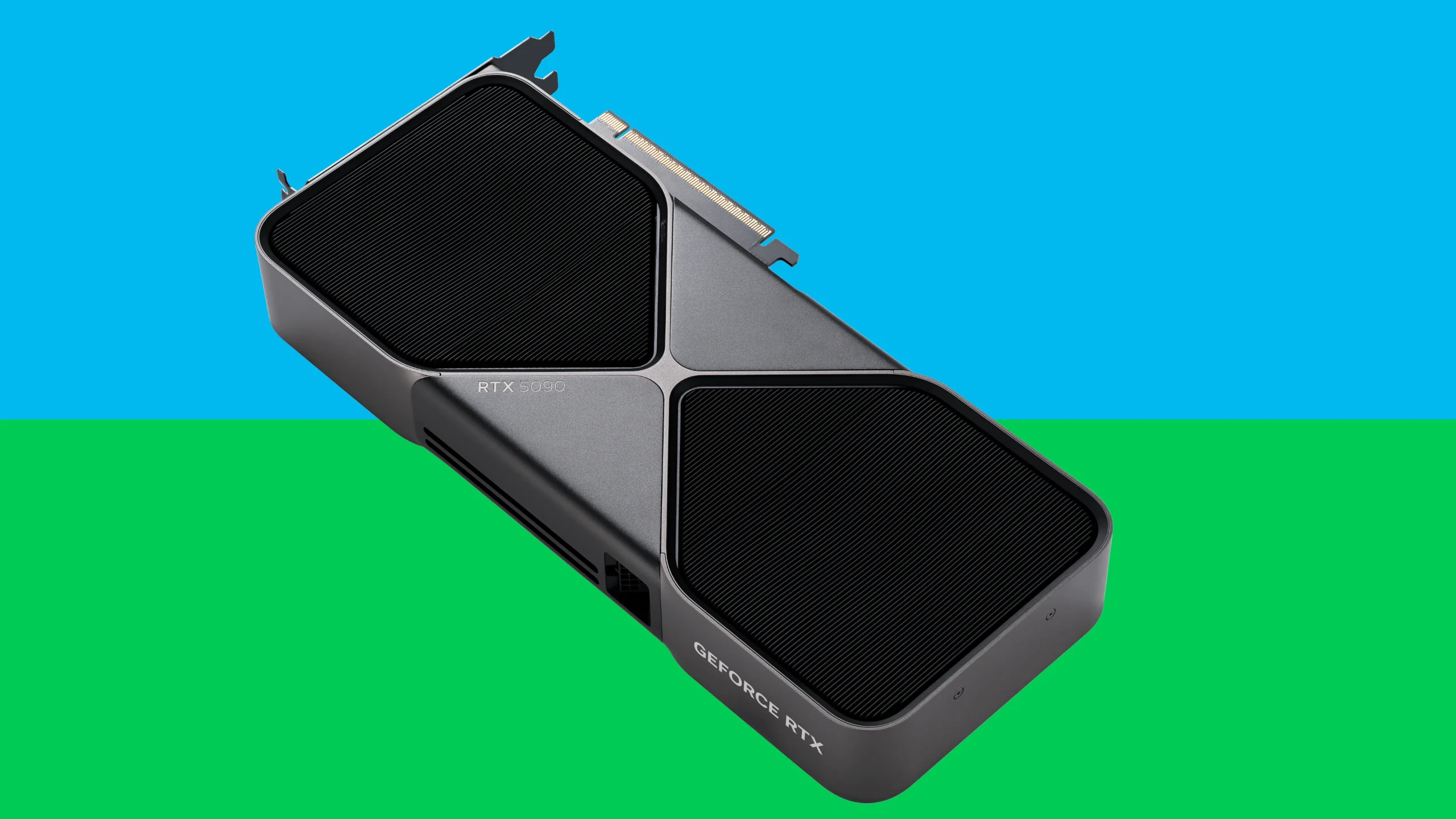Several reports and postings have come out that Nvidia’s latest flagship graphics card, the RTX 5090 Founders Edition, has been facing some compatibility issues with motherboards that utilize PCIe 5.0 technology. For those with PCIe 5.0 enabled, the card will not output video (looking like it is defective or bricked). Users also have reported system freezes and instability when running the GPU on PCIe 5.0 slots. The simple “fix” so far has been to force the card to run in PCIe 4.0 mode through BIOS settings to resolve the issues for now, while all the manufacturers work on a software update.
The RTX 5090 FE boasts impressive performance capabilities, but this unexpected hurdle has left early adopters frustrated. The issue appears to stem from signal integrity problems with PCIe 5.0, affecting the card’s stability even with the correct drivers installed. This situation highlights the challenges of adopting cutting-edge technology.
Despite this setback, the RTX 5090 FE maintains its high performance levels when operating in PCIe 4.0 mode. Tests show minimal performance loss, with the card achieving 94% of its full potential even in limited PCIe configurations. This suggests that users can still enjoy the card’s power while manufacturers work on resolving the PCIe 5.0 compatibility issues.
RTX 5090 FE and PCIe 5.0: A Compatibility Conundrum
The PCIe 5.0 Puzzle
Some users report issues with the RTX 5090 Founders Edition (FE) graphics card on motherboards with PCIe 5.0 slots. These problems range from the card not being recognized to it simply not functioning correctly. Interestingly, a common workaround involves forcing the PCIe slot to operate in PCIe 4.0 mode within the BIOS. This suggests a potential incompatibility between the 5090 FE and some PCIe 5.0 implementations.
Not Bricked, Just Baffled
It’s important to note that this isn’t a case of cards being “bricked” (permanently damaged). The ability to get the card working in PCIe 4.0 mode indicates the hardware itself is likely fine. This issue appears to be related to the communication between the card and the PCIe 5.0 controller on the motherboard. Think of it like trying to plug a European appliance into a US outlet – the hardware is fine, but the connection isn’t right.
FE Specific?

While reports seem to center on the Founders Edition of the RTX 5090, it’s unclear if this is exclusive to that model. Other RTX 5090 cards from different manufacturers (often called AIBs or Add-in Board partners) might also be affected. More data is needed to determine the full scope of the issue.
The Workaround: PCIe 4.0
The current solution, while not ideal, is to manually set the PCIe slot to version 4.0 in the motherboard’s BIOS. This allows the 5090 FE to function, albeit without the potential bandwidth benefits of PCIe 5.0. It’s a temporary fix while the industry investigates the root cause.
Troubleshooting Table
| Problem | Possible Cause | Solution |
|---|---|---|
| 5090 FE not recognized in PCIe 5.0 slot | PCIe 5.0 compatibility issue | Force PCIe 4.0 mode in BIOS |
| 5090 FE malfunctions in PCIe 5.0 slot | PCIe 5.0 compatibility issue | Force PCIe 4.0 mode in BIOS |
Looking Ahead
This situation highlights the challenges of early adoption. New technologies, while promising, can sometimes have unforeseen quirks. It’s likely that motherboard manufacturers and NVIDIA will release BIOS updates and driver updates respectively to address this compatibility issue. Users experiencing this problem should check with their motherboard vendor and NVIDIA for the latest updates.
A Note on PCIe Versions
PCIe (Peripheral Component Interconnect express) is a standard for connecting high-speed components to a computer’s motherboard. Each generation (like PCIe 3.0, 4.0, and 5.0) offers increased bandwidth. While PCIe 5.0 offers the most bandwidth currently, devices are often backward compatible. This means a PCIe 4.0 device will work in a PCIe 5.0 slot, and vice versa, though it may not utilize the full bandwidth of the newer standard.
Key Takeaways
- RTX 5090 FE users experience freezes with PCIe 5.0, but forcing PCIe 4.0 mode fixes the issue
- The card maintains high performance in PCIe 4.0 mode with minimal losses
- Early adoption of new technology like PCIe 5.0 can lead to unexpected compatibility challenges
Understanding PCIe Compatibility and Workaround Measures
The release of new graphics cards, like the RTX 5090, often excites users with the promise of better performance. However, it can also bring unexpected compatibility issues. The situation with the RTX 5090 FE and some PCIe 5.0 motherboards highlights that early adoption can have its challenges.
While switching to PCIe 4.0 mode offers a temporary fix, it shows the need for careful testing and validation when developing new hardware. As the industry works to fix these problems, users must deal with the complexities of the latest technology, hoping for quick solutions to fully utilize their new hardware.
PCIe standards play a crucial role in graphics card performance. The RTX 5090 FE’s compatibility issues with PCIe 5.0 have led to unexpected challenges for users. Fortunately, a workaround exists by forcing PCIe 4.0 mode.
Exploring PCIe 5.0 and PCIe 4.0 Standards
PCIe 5.0 offers double the bandwidth of PCIe 4.0, theoretically allowing for faster data transfer. However, this increased speed comes with stricter signal integrity requirements. PCIe 4.0 provides 16 GT/s per lane, while PCIe 5.0 offers 32 GT/s.
The RTX 5090 FE is designed to utilize PCIe 5.0, but it remains backwards compatible with PCIe 4.0. This compatibility ensures users can still benefit from high performance even on older motherboards. PCIe 3.0 systems may experience some performance loss, typically around 3-4% at 4K resolution.
Key differences between PCIe 5.0 and 4.0:
- Bandwidth: PCIe 5.0 (128 GB/s) vs PCIe 4.0 (64 GB/s)
- Power delivery: PCIe 5.0 (600W) vs PCIe 4.0 (300W)
- Signal integrity: More stringent for PCIe 5.0
Technical Insights into RTX 5090 FE
The RTX 5090 FE boasts impressive specifications that push the boundaries of graphics performance. It features GDDR7 memory and improved AI capabilities compared to its predecessors.
While designed for PCIe 5.0, the card shows minimal performance loss on PCIe 4.0 systems. Tests reveal:
- 1% performance loss on PCIe 4.0 x16
- 4% loss on PCIe 3.0 x16
- 6% loss on PCIe 4.0 x8
These results suggest that most users won’t notice significant differences between PCIe 5.0 and 4.0 modes. The card’s high VRAM capacity and advanced architecture contribute to its ability to maintain performance across different PCIe generations.
Optimizing RTX 50-Series Cards for Maximum Performance
To achieve the best performance with RTX 50-series cards, users should consider several factors:
- Motherboard compatibility: Ensure PCIe 5.0 or 4.0 support
- Power supply: Adequate wattage for high-performance GPUs
- Cooling: Proper airflow to maintain optimal temperatures
For users experiencing PCIe 5.0 issues, forcing PCIe 4.0 mode in BIOS settings can resolve compatibility problems. This workaround often results in negligible performance impact, especially at 1440p and 4K resolutions.
Overclocking potential may vary between PCIe 5.0 and 4.0 modes. Users should test stability and performance in both configurations to find the optimal setup for their system.







